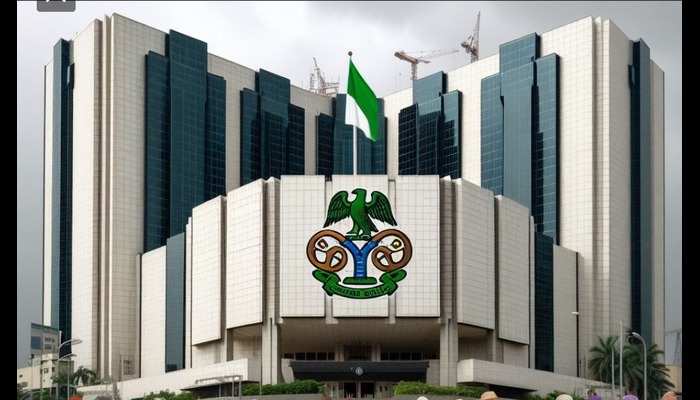The apex bank of Nigeria has increased its benchmark interest rate to 26.75% from 26.25%, marking the fourth rate hike this year as the country grapples with surging inflation and currency pressures. The decision, announced by Central Bank of Nigeria Governor Olayemi Cardoso, aims to tackle inflation which has reached a 28-year high of 34.19% in June.

The Monetary Policy Committee raised the rate by 50 basis points, following previous hikes of 150 bps in May, 200 bps in March, and 400 bps in February. This decision comes as inflation has risen for 19 consecutive months, driven by food and energy costs, while the naira faces renewed pressure on both official and parallel markets.
Cardoso stated, “While monetary policy has been moderating aggregate demand, rising food and energy costs continue to exert upward pressure on price development.” This decision aligns with analysts’ predictions and reflects the central bank’s commitment to curbing inflation.
David Omojomolo, Africa economist at Capital Economics, suggests this might be the final hike in the current cycle but warns of potential further tightening if inflation surprises persist. He doesn’t expect rate cuts until next year.

The rate hike comes amid other economic challenges, including President Bola Tinubu’s government agreeing to raise the minimum wage and approving additional budget spending. Recent policy changes have also included slashing petrol and electricity subsidies and devaluing the naira twice.
The International Monetary Fund maintains a 3.3% growth forecast for Nigeria’s economy in 2024, up from 2.9% last year. The IMF has welcomed the central bank’s recent rate hikes and called for a data-driven approach to further tightening while urging the bank to build up its forex reserves.
As Nigeria navigates these economic challenges, the central bank’s aggressive monetary policy stance reflects its determination to stabilize prices and support economic recovery. The effectiveness of these measures in the face of ongoing structural challenges remains a key focus for economists and policymakers alike.



